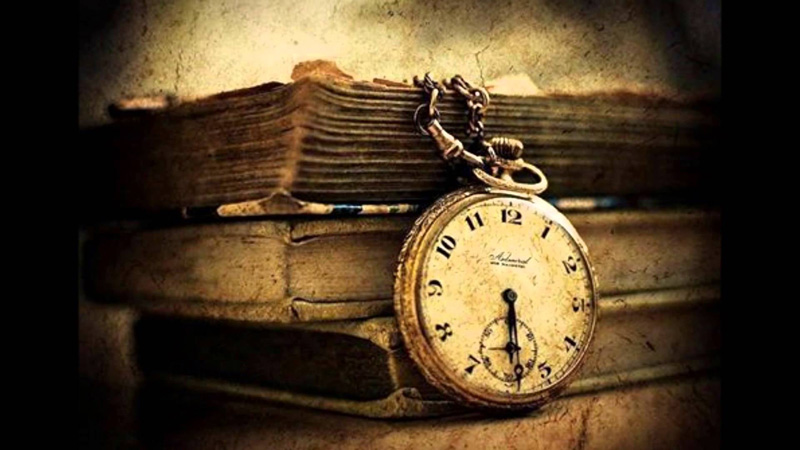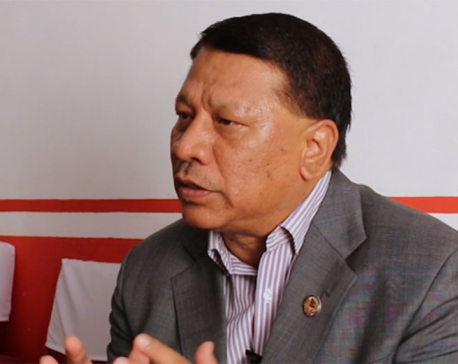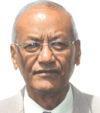
OR

General elections set for Nov. 26, 2017 and Dec. 7, 2017 have two major significances. One, they will give us a new set of people’s representatives in the central legislative body and, more importantly, in the new seven federal units. Two, they will mark the first real implementation of the new constitution. People feel confident about voting and electing their representatives, as they always have, with or without any faith in the system. But they never exuded such indifference to the introduction and sustenance of the federal system for which they are balloting.
Some 500 years ago, when Nepal was ruled by the Mallas from Bhaktapur, something went awry. Till Yekccha Malla, the dynasty was dominant in all principalities of Kathmandu valley. But, then after, Nepal could not remain integrated. It was divided into three states—namely Kantipur, Lalitpur and Bhaktapur. It was further separated into five states with five different kings, each with all state paraphernalia. Were they mindful of this breakdown on their sustenance?
Professor of history, Dr. Surendra KC, describes the mindset of the rulers back then, which is no different to the mindset of our rulers today. The Malla rulers were ambitious and power-hungry. They aspired to state power and got it by breaking their family relations, destroying established hierarchy and overthrowing all state norms. People who belonged to one state got separated into many, almost overnight. They could continue neither their normal interactions nor transactions. Bitterness displaced harmony and mutual animosity characterized peoples’ ties.
Uncanny parallels
Sometimes, Kantipur and Lalitpur launched a joint attack on Bhaktapur and sometimes, Kantipur and Bhaktapur collaborated to destroy the Lalitpur regime. Coming back to present day, the coalition between Nepali Congress and Maoists was to the detriment of the CPN-UML. But this coalition was preceded by a similar collaboration between Maoists and UML against Nepali Congress, which in turn was seen after the breakdown of the alliance between Congress and UML.
Naturally, in the old times, the hostility at the state level filtered down to the people. People got so fed up with the Malla rulers that they heartily welcomed Prithvi Narayan Shah when he attacked Kantipur in 1768. People needed an alternative to chaos and mismanagement. They got it and accepted it with no resistance. Similar feeling is germinating in today’s Nepal towards incumbent rulers. Are they not looking for a choice to replace the current leadership, which has exposed their ulterior motives and demonstrated its lack of ability to govern? That fact is more bothersome than the impending polls.
The underlying principle of the present constitution is consensus among political parties or rather among prominent political leaders. We have seen how the parliament acted as a rubberstamp on consensual decisions of top political leaders. Until they agree, no legislation or consequential government decision moved ahead. As pointed out by Dr KC, back in old times, there were six or seven actors in the state decision making including the brothers and cousins of the king. There was no clear division of work or power. Hence there arose conflicts, tug-of-war and conspiracies.
At times, one strong figure emerged to wield power, while another group of rulers imposed their will and interest on that strong power at other times. The political imperatives of the Malla and multiparty regimes are thus pretty similar as far as the incorrigible process of weakening of the state is concerned. Once it is weak it loses the strength to resist outside pressure and domination.
Happening again?
It happened in the 18th century and is happening now. Who has the power to reverse the precipitating situation? None seems to be around. For the same reason, the Malla dynasty vanished from Nepal. Now, what are we headed towards? The end of the political system enforced by the new constitution, the end of the multiparty system fed by consensus or the end of the state of Nepal itself? Does anyone have a clue to the mystery lurking under popular disgruntlement and fragile federal system?
Mallas disappeared from the state for their own fault. When wisdom dawned on them to unite against the Gorkha invaders at their first attack on Kirtipur, they indeed foiled it. For this, the Kantipur, Lalitpur and Bhaktapur kings had joined hands in helping Kirtipur face outside assault. In present-day, that sort of unity was demonstrated for a short period before the declaration of the new constitution by almost all the political parties especially the leading ones.
But they could not sustain it, again just like the Mallas, who bore the brunt of their mistakes and went out of the scene. Are political parties too waiting for a similar destiny? How do we take the numerical coincidence of 90 Malla kings with the same number of political parties participating in the upcoming elections? Just a coincidence or an indication of something more fateful?
You May Like This

History not enough to retain party image: NC Leader Singh
SURKHET, June 9: Nepali Congress leader Prakash Man Singh has said glorification of party's history does not ensure its image... Read More...

Nepal’s best female golfer grew up in a shed and wants to make history
Nepal golfer Pratima Sherpa grew up around golf, literally. The 17-year-old lives with her parents in a maintenance shed at the... Read More...

Making space for history
They say if you forget history, history will forget you. So if we had to, how could we document Nepal’s... Read More...




Just In
- MoHP cautions docs working in govt hospitals not to work in private ones
- Over 400,000 tourists visited Mustang by road last year
- 19 hydropower projects to be showcased at investment summit
- Global oil and gold prices surge as Israel retaliates against Iran
- Sajha Yatayat cancels CEO appointment process for lack of candidates
- Govt padlocks Nepal Scouts’ property illegally occupied by NC lawmaker Deepak Khadka
- FWEAN meets with President Paudel to solicit support for women entrepreneurship
- Koshi provincial assembly passes resolution motion calling for special session by majority votes








_20220508065243.jpg)





Leave A Comment